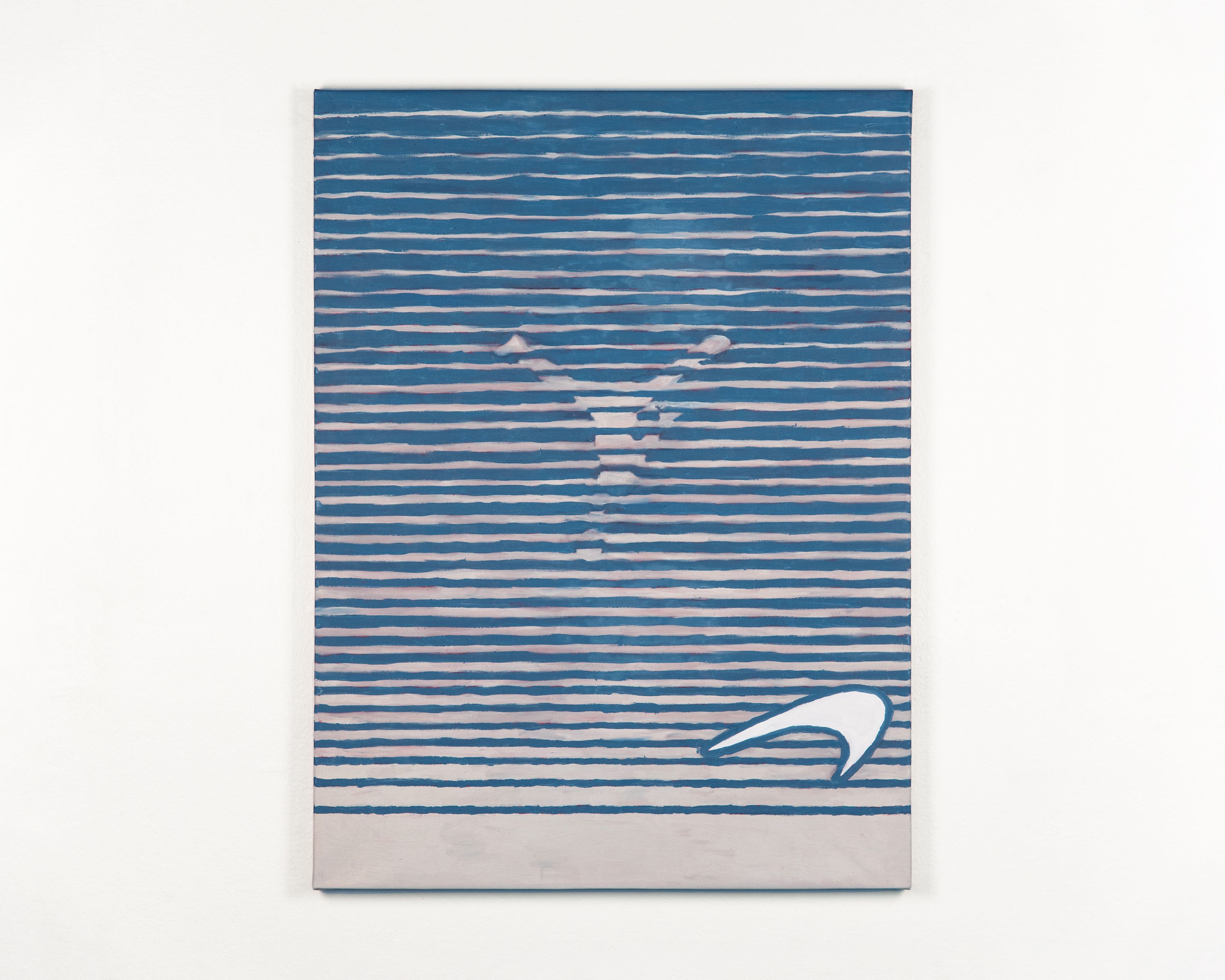There inevitably comes a time in every maker’s being when they can no longer hide from labels: a reckoning in which they must confront the compulsion that precedes their practice. Tom Sachs says on making that the job is two-fold: doing the thing and communicating that you’ve done it. What he misses is the third leg of the stool — the immeasurable change to one’s being achieved only through an act of creation. This is not some mystical, metaphysical property. No, it simply exists at the intersecting limits of language and self-awareness (an admittedly treacherous place to be). Some call it “flow,” others “inner peace.” To the Buddhists, it is “Noble Silence.” None seem to be proper metaphors. Flow demands direction, peace implies calmness, silence rejects amplification and minimizes the necessity we leave our marks.
If you’ve heard sound through an Ojas speaker, you’ve experienced sensation surpassing the limits of language. The project’s name is no mistake. In the Vajratuṇḍasamayakalparāja, an ancient Sanskrit Dharani spell text more than 1,200 years old, a ritual to ensure ojas (life vitality) is described: “Wherever the words are heard, there no cold spells, winds, clouds, thunderbolts and lightning will ever pass. Nobody is able to take away the ojas or to cause harm again.” Through the visceral spirit of sound, Devon Turnbull enshrined his own ritual — one leveraging another’s technology to the same end as his Vedic predecessors. The clarity from Devon’s creation is no different than the clarity of Devon’s creating.
I worry our perception of creation has doomed a generation to fetishize newness. I am an American artist… who can speak but from their own perspective? There’s a Frankensteinian irony to all that is American (doubly so for the Jewish American) with simultaneous expressions of love and hatred omnipresent. From my childhood bedroom window, the tallest building I can see is a beautiful skyscraper designed by Philip Johnson, a Nazi. We’re taught in school that history matters, but given a sanitized curriculum filled cover-to-cover with grand declarations of originality — the foundation of a new country by people with new ideas so that its citizens may reinvent themselves with a new identity so they may, in turn, create something new. We read powerfully arrogant stories of manifest destiny, of the lone cowboy hero wrangling chaos into order. I must admit the stories, taken at face value, are beautiful, albethey closer to fiction than fact. Instead of reconciling this pioneering American mythos with the uncomfortable reality of our history, we’ve chosen whitewash a la Corbusier. To the ignorant, everything is new; to the informed, originality is but oblivion.

Why do we, the makers of the world, choose the path of creation? The answer, though I don’t yet know, seems to strike at the very heart of what it means to be human. Perhaps “makers” isn’t the right word at all. Both etymologically and colloquially, making implies a certain sense of immaculate conception… the conjuring of something from nothing, as if reality dare be so simple. Everything has its precursor. The chair-maker cannot practice their craft without first acquiring wood. Maybe they buy it, maybe they grew the tree, but even so, the seeds are not theirs. What about the chair’s design? It’s merely the complex amalgamation of every chair they’ve ever seen. To ignore such truths isn’t a stain on one’s character as much as a limit to one’s potential. But what then should we strive for? If not making, then what?
Enter bricolage — the act of creating from that which already exists, derived from the French “bricoler,” roughly translated as the act of puttering about. Is this not what we truly do? Take a walk around New York. Anywhere. Any borough. Watch people create as they converse, interact, and be. From the skillful tagger to the person walking home from work headphones in ear, the world around them practically invisible, a fractal pattern of creation is clear as day. The pattern is culture. The pattern is people. A proven rejection of the philistinic worshiping of newness.
Maybe you think such focus on the language we use to describe art, design, and culture doesn’t matter. But what we call ourselves matters. Words matter. They’re the metaphors through which we invite others into our journeys. The connection brought by saying “I love you” to a person you care about lies not in the phrase’s originality, but in its shared understanding. Those three words have been uttered myriad times with their power undiminished. They're the guide along the path we walk. It was not long ago that the notion of owning an idea was considered deeply un-American. In 1813, Thomas Jefferson wrote, “He who receives an idea from me, receives instruction himself without lessening mine; as he who lights his taper at mine, receives light without darkening me.” If we are to progress, both individually and as a people, we must lead with love while acknowledging our pasts… it is incumbent upon us — all of us — to use the light of our practices to ignite another’s. For now, I’m a bricoleur. Everything else is up to you.
"I'll try to take you on a bit of a walk with me, if you'll indulge me."
– Oana Stanescu, I'm Feeling Things, Is that OK?, 2020
